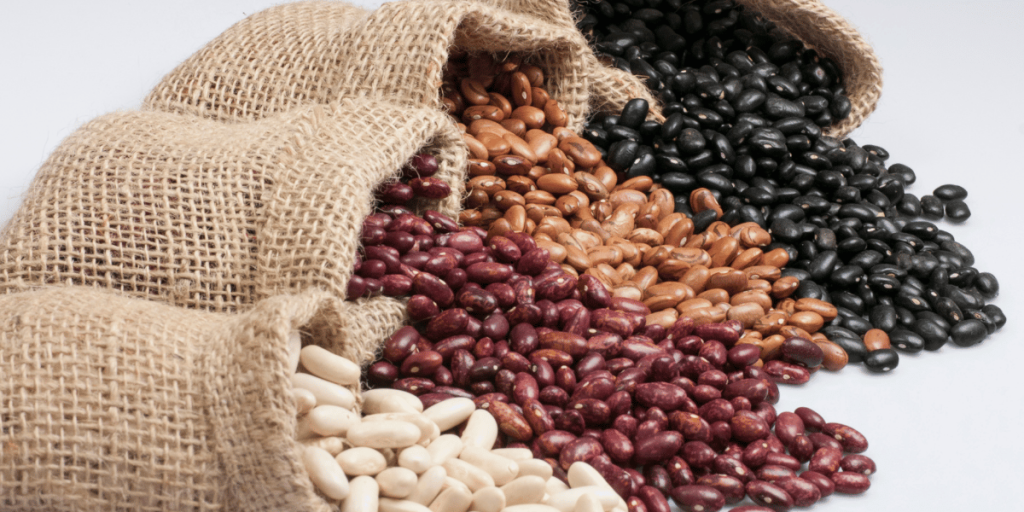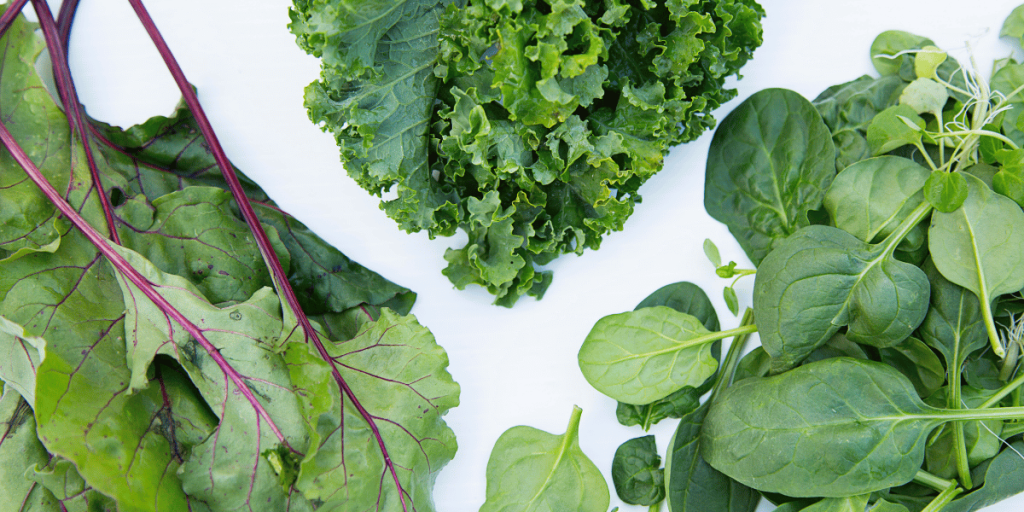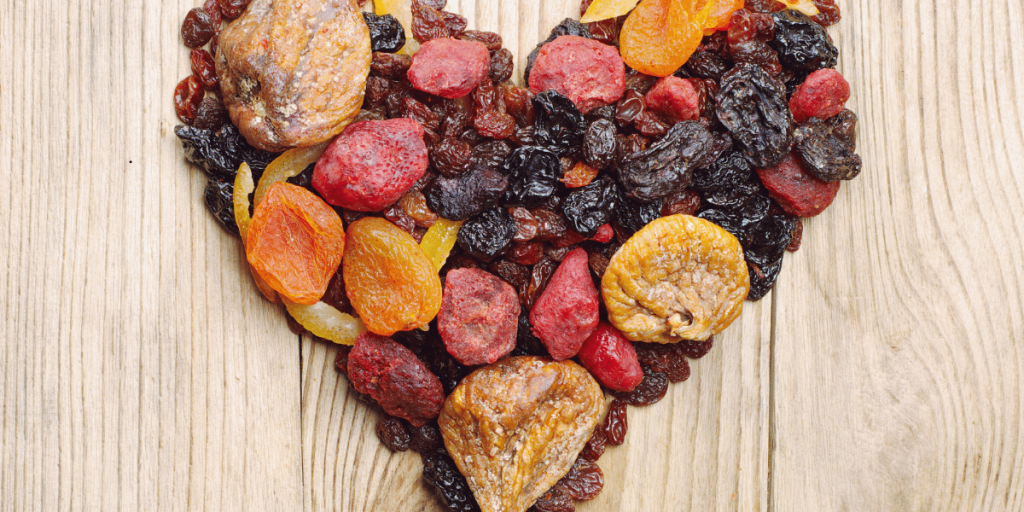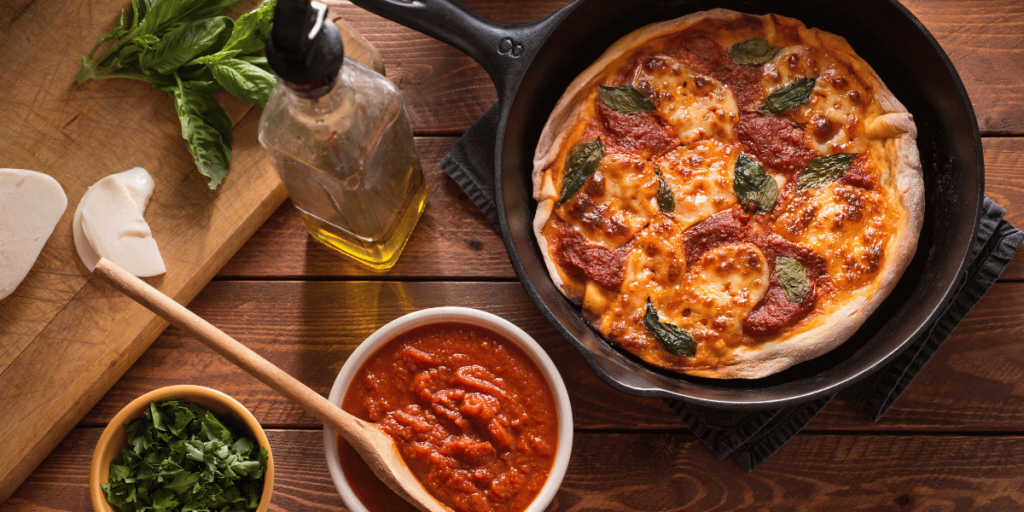f Did you know that a 40% of toddlers worldwide don’t get enough iron in their diet? As a parent and a plant-based nutritionist, I know firsthand how crucial iron is for our little ones’ growth and development. But I am here to tell you – you don’t need to rely on meat to meet their iron needs! I’m thrilled to share this guide on plant-based iron-rich foods that your toddler will actually want to eat. Whether you’re raising a vegetarian tot or simply want to diversify their diet, these iron-packed plant foods will give your child the energy they need to conquer the playground and beyond. Let’s dig in!
Why Plant-Based Iron is Essential for Toddler Health
When I first decided to raise my son majorly on a plant-based diet, I started to focus more on understanding micronutrients with the same importance as macronutrients. And I remember, I was grateful I did that before my little one turned two. Because knowing about iron was a wake-up call for me.

I read about so many iron-deficient children who were constantly tired, and pale and would continuously be showing tantrums. One day they were all smiles, the next they were little grumps. The most worrying symptoms were that they would get sick almost all the time.
When I was doing my plant-based certification course, I got to know about heme and non-heme iron. This was something I had been completely oblivious to. Heme iron is present in animal sources and non-heme iron is found in plants. And here’s the kicker – our bodies absorb non-heme iron less efficiently than heme iron. Isn’t that interesting?
But don’t let that scare you off plant-based diets for your little ones. There are actually some pretty sweet benefits to getting iron from plants. For one, plant-based iron sources are usually packed with other nutrients too. We’re talking fiber, vitamins, and antioxidants – it’s like a little nutritional bonus package.
Plus, plant-based iron sources are typically lower in saturated fat and calories compared to meat sources. That’s a big win when you’re trying to keep your toddler healthy and growing at the right pace. And let’s be real – getting a toddler to eat a variety of plant foods is a great way to expand their palate.
Now, here’s where things get a little tricky. Because our bodies don’t absorb non-heme iron as well, vegetarian toddlers need more iron than their meat-eating peers. The recommended daily intake for vegetarian toddlers is about 1.8 times higher than for non-vegetarians. For a 1-3 year old, that means aiming for around 7 mg of iron per day.
I’ll be honest, when I first read about that number, I panicked a little. How on earth was I supposed to get that much iron into my toddler’s plate? But over time, I learned some tricks. Like pairing iron-rich foods with vitamin C to boost absorption. Or cooking in cast iron pans to add a little extra iron to meals.
It’s so easy to overlook, especially when you’re just trying to get them to eat anything that isn’t covered in peanut butter and jam. But trust me, it’s worth the effort. Your kid’s brain and body will thank you for it.
Legumes: The Plant-Based Protein and Iron Duo

Let’s start with lentils. . They cook up quickly, which is a lifesaver when you’ve got a hangry toddler on your hands. I started sneaking them into everything.
One pot meal (with lentils, rice, and veggies)? Of course. Spaghetti sauce? Yep. Dosa? You betcha. I even made these little lentil patties for our burgers and it was a big hit.
But here’s a pro tip: start small.
Next up: chickpeas. Now, hummus was already a hit in our house (what kid doesn’t love to dip?), but I wanted to branch out. So, I started feeding my little one roasted chickpeas. Let me tell you, these crunchy little nuggets are a game-changer. Plus, they’re way less messy than actual nuts. Win-win!
Black beans and Butter beans were my next conquest. I’ll admit, I was a bit stumped at first. How do you make black beans exciting for a 2-year-old? Then it hit me: black bean brownies and butter beans cookies. I know, I know, it sounds weird. But trust me, they’re delicious and packed with iron. My boy thinks he’s getting a special treat, and I get to feel like a nutrition ninja.
Now, let’s talk about soybeans and tofu. This one was a tough sell at first. But then I discovered the magic of crispy baked tofu cubes made with a little cornstarch, and some seasoning, and into the oven they went. And I have to say that they disappeared faster than I had even imagined. Of course, I also sneak them into our one-pot rice meals.
Last but not least: Peas. These little green guys are often overlooked in the legume world, but they’re iron superstars. And bonus: most kids like them! I started tossing them in stir-fries, in one-pot rice meals/spaghetti meals, and even making pea pesto.
One thing I’ve learned through this legume journey is that sometimes, you gotta make it fun. I bought these little cookie cutters which I used to make bean patties or cookies in fun shapes. That’s what makes my toddler excited to eat “flower burgers” and “star cakes.

Now, I’m not gonna pretend it was all smooth sailing but there were plenty of refused meals. I am sure you have been on the same boat too and might have considered just hiding beans on the desserts or other meals you prepare. But trust me and keep on trying. Mix it up. And remember, there might be days they’ll just refuse almost everything but there will also be days when you will be surprised by them asking for seconds of chickpea curry.
In the end, turning my little one into a legume lover was a journey filled with creativity, persistence, and a whole lot of bean-based experiments. But seeing him grow strong and healthy? Worth every chickpea-covered floor and lentil-speckled shirt. So go forth, brave parents, and may the legume force be with you! Just remember to stock up on natural air fresheners. Trust me on this one.
Leafy Green Iron Powerhouses
Let’s start with the classic: Spinach. This green machine is packed with iron, but try telling that to a 2-year-old who loves green color but won’t eat green leafs. I quickly learned that sneaking was the name of the game. I started blending spinach into his waffles and pancakes, and let me tell you, that was a game-changer. He thought he was getting a colorful treat, and I got to do my parental victory dance. Win-win!

Next up: Kale. Now, kale and I have a love-hate relationship. I love its nutritional profile; it hates being eaten by my kid. But I refused to be defeated by a leaf! I discovered that kale chips were my secret weapon. Just a little olive oil, and salt, and into the oven they went. My toddler called them “green crackers” and couldn’t get enough.
Another most important source of iron is: Beet Greens and beet itself. My little one drinks beet juice when he sees me do it. So, that’s a win. Why not make them curious about whatever we are sipping and let them try? And beet greens? I saute them with a little garlic and lemon juice and then hide them in any one-pot meal I cook. Is it a little deceptive? Maybe. Does it work? Of course, it does!
Swiss Chard and Collard greens are the next conquest. You can use Swiss chard to make a rainbow pasta sauce and collard greens to just make “leaf tacos” with some hummus and veggies.
One thing I’ve learned through this leafy green journey is that presentation is everything. I bought these silly little veggie cutters and started making “green stars” and “leaf flowers.” Suddenly, my toddler was excited to eat his greens. Who knew that a $5 gadget would be so helpful in my journey of raising a healthy toddler?
But here’s the real kicker – you gotta lead by example. I realized my toddler was way more likely to try something if he saw me eating it too. So there I was, munching on kale chips and collard wraps like he was going out of style.
Whole Grains and Seeds for Iron-Packed Energy
Let’s kick things off with quinoa. Now, I gotta admit, the first time I served quinoa to my son, he wasn’t impressed by the taste. But let me tell you, this complete protein is a game-changer. I mixing it with a bit of grounded peanuts, a little salt, and a few drops of lemon. Suddenly, it was one of the most famous dishes in our home.
Next up: Fortified cereals. This one’s a bit of a minefield, folks. I spent way too much time in the cereal aisle, looking at nutrition labels like I was trying to decode some historical writings. Pro tip: look for cereals with at least 18 mg of iron per serving. But also make sure, they are not filled with refined sugar and harmful ingredients.

Now, let’s talk about good old Oatmeal. It is most of my little one’s morning go-to. I’d make it with milk for extra calcium and serve them with some berries on the side for vitamin C (helps with iron absorption, don’t ya know).
Pumpkin seeds were next on my list. Well, I thought my toddler would love roasted pumpkin seeds as much as I do. But, I was wrong. So I started adding them on creamy plant-based soups and sprinkling them on yogurt, salads, etc.
And then Sesame seeds. We use this seed in our traditional Nepali pickle and tomato dip. Of course, I was more than happy to know I am adding up iron on my toddler’s meal without even knowing about it. And don’t worry, you don’t need to know these recipes. You can also get it in tahini or sesame seed buns for burgers.
One thing that helped was getting my boy involved in the kitchen. We’d make “power balls” together, mixing oats, seeds, and a bit of homemade date syrup. He loved rolling them into little spheres, and I loved watching him snack on them.
Fruits That Pack an Iron Punch

Let’s start with Raisins. These were already a hit in our house, so it was easy for me to let my toddler eat it handful of it without much effort. But if you want a tip, add them to everything – oatmeal, yogurt, even sprinkle on peanut butter toast.
Next is Dried apricots. These little orange nuggets are like nature’s iron-packed candy. I thought I’d hit the jackpot! But when I offered them to my son, he looked at them like they were alien droppings. But I started getting creative and adding chopped apricots to oatmeal and desserts.
Prunes are the next challenge. I mean, how do you make prunes appealing to a toddler? Well, I tried prune butter which was a hit and the next most liked way is the chopped prunes on our quinoa salad. Prune is also a secret enemy of constipation.
Figs are great source of iron too. Fresh figs are usually a hard sell. But dried figs? Those are usually a hit among toddlers! And I will give you a secret tip: stuff them with a little almond butter for iron-packed snacks.
Last but not least: Mulberries. I don’t get it as much near me. But these sweet little berries are iron powerhouses, and you can provide it to your little one with this option if available. I am sure they will love it.
You can also use a dehydrator and make your own dried fruit. That will act like a little science experiment and a happy cooking lesson for your children.
Maximizing Iron Absorption from Plant Sources
The golden rule is : pairing iron-rich foods with vitamin C. This little trick is like giving your body a backstage pass to an iron absorption concert. I started playing this game I called “Iron + C” with my son. Every meal had to have an iron-rich food and a vitamin C buddy. Beans and tomatoes? Check. Tofu stir-fry with bell peppers? You bet. Oatmeal with Berries? Nailed it!
Another great way? You can add a squeeze of lemon to all the iron sources like me. I add a squeeze of lemon to Lentil soup, bean soup, lentil spaghetti, and the list goes on. I even started putting orange slices on my toddler’s snack plate almost every single day when they were in season.
Now, let’s talk about the party poopers – foods that inhibit iron absorption. Calcium is like that friend who always shows up uninvited and eats all the snacks. It’s great for bones, but it can really put a damper on iron absorption. So, If you have a habit of providing milk to your toddler after meals, you might need to restratergize. One great tip is to space out calcium-rich foods and iron-rich foods by a couple of hours.
Oh, and here’s a fun fact I would like to share: soy protein can inhibit iron absorption. So, don’t forget to serve vitamin C-rich foods with soy to help counteract this effect.

One surprising way to increase iron content in our children’s food is by using cast-iron utensils. Yes, you heard it right. We can use it to make pancakes, toast, or any other food. This is the simple yet most underrated method of adding iron to our diet.
As a plant-based nutritionist and a mom, here’s my advice: pair those iron-rich foods with vitamin C, watch out for those sneaky iron blockers, and cook smart. And remember, at the end of the day, if your kid is eating anything remotely healthy, you’re already winning. Even if it means pretending that lentil soup is actually “superhero stew” or whatever it takes to get them to eat it.
